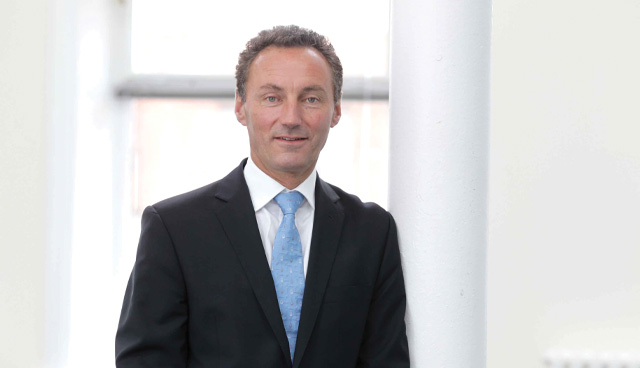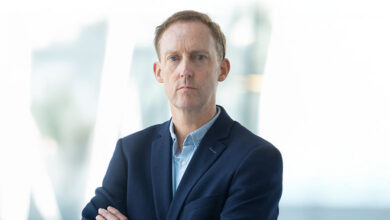One man’s realism is another man’s lack of ambition

David Gavaghan, founder of Aurora Prime Real Estate Ltd and non-executive director of the Confederation of British Industry, responds to an assertion in the Irish Times that “some perspective is needed on plans for cross-border high-speed rail”.
There comes a time in our lives when we all reflect on what we have achieved. More than a decade ago I read these haunting words from Mark Twain:
“Twenty years from now, you will be more disappointed by the things that you didn’t do, than by the ones you did. So, throw off the bowlines. Sail away from the safe harbour. Catch the trade winds in your sails. Explore. Dream. Discover.”
The MacGill Summer School invited me to join two leading politicians in 2017 to look at the opportunities to enhance connectivity on the island. My focus was on infrastructure, and it reinvigorated my quest to deliver a train journey between Belfast and Dublin in around 30 minutes.
A decade earlier I asked Siemens Ireland to consider the prospects of travelling by rail between the two principal cities in an hour (or less). Even then this was a worthy ambition, but it invariably met with the same measured caution and apparent “realism” that Newton Emerson recently espoused in the Irish Times (29 July 21). Fifteen years later, my ambition remains undimmed.
The imperative to deliver high-speed rail (HSR) rests on three main drivers.
- Economic: Dublin’s today is universally recognised as a leading mid-sized European city. Belfast too has seen an extraordinary transformation since the dark days of ‘the Troubles’. Experience elsewhere has shown that so much more could be achieved with improved connectivity along the 100 miles (170km) stretch of Ireland between the two cities, enabling almost half of the island’s population to be within a 30 miles (48km) radius of this corridor. A catchment of this size provides the opportunity to create much greater wealth and prosperity along the eastern economic corridor as it competes with many other mid-sized cities across Europe and beyond. It will also act as a release for the current bottlenecks that exist in Dublin in relation to transport and housing.
- Social: One of the great benefits arising from the cementing of the Belfast/Good Friday Agreement has been a more frequent and peaceful dialogue between the two principal cities on the island of Ireland. HSR will naturally break down further the historical barriers and enhance the opportunities to build even greater social intercourse. Based upon experiences elsewhere it should enhance the artistic and creative communities in both cities enabling a deeper and more meaningful understanding that will embed the dividends of the peace process.
- Environmental: The environmental issues are the single most important issue facing the planet and Ireland is not immune. The need to invest in modernising our transport infrastructure is critical if we on the island are to meet our climate change commitments. The need for a modal shift to public transport from the universal use of the combustion car must be one of the keys to achieving this success. HSR is a key part of this armoury.
Over a century ago, these same issues preoccupied decisionmakers across Ireland, resulting in an extensive rail network. Even though HSR has proven to deliver these benefits across the globe, the reality has been that for the last five decades almost no consideration has been given to addressing rail travel here in Ireland. People have presumed that it is their ‘natural’ right to jump in their cars to travel the 100 miles (170km) between Belfast and Dublin and all points in between.
Congestion and environmental issues now loom large but almost nothing meaningful has been done to improve the journey time by rail. This is in stark contrast to what is happening elsewhere. Being an outlier is no longer a sustainable option if we want to improve the lives of seven million people on the island of Ireland. The likelihood that there may be 10 million people living here by 2050 with roughly half of those living along the eastern economic corridor will make HSR even more urgent. Let Mark Twain’s refrain not haunt us with disappointment. Rather let us generate that sense of optimism as we embark on a new journey of discovery for all of us on this precious island. High-speed rail to my mind creates the backbone to this worthy ambition.





